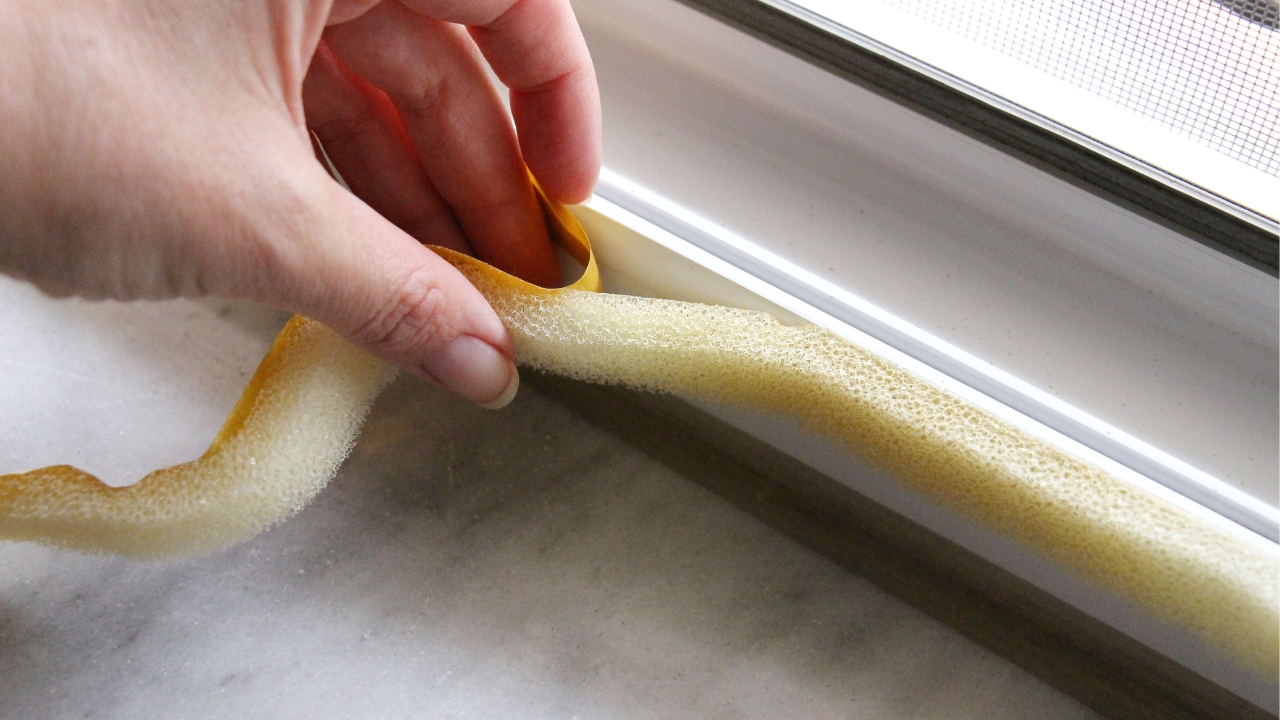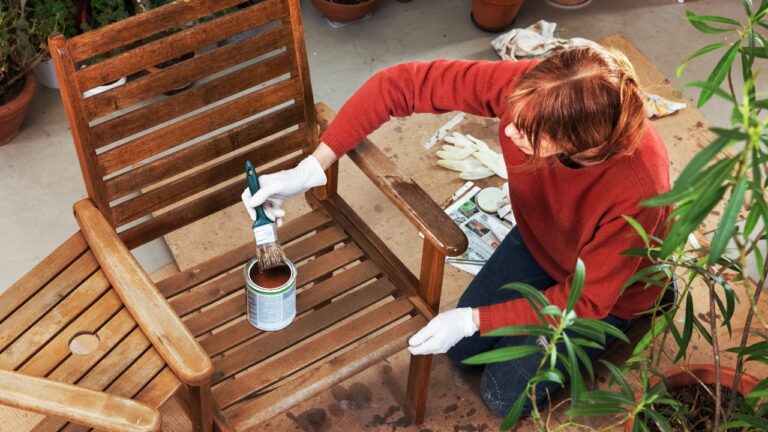10 DIY Fixes for Drafty Windows That Actually Work
Drafty windows are one of those things you don’t really notice—until you do. All of a sudden, the room’s colder, your heating bill climbs, and no matter how high you crank the thermostat, it still feels like the wind’s sneaking in. I’ve been there.
The good news is, there’s a lot you can do yourself that actually works, and you don’t need to rip out every window in the house or hire a contractor. These fixes are simple, affordable, and easy enough to knock out on a Saturday without needing special tools or a ton of experience.
Weatherstripping

If you’ve got older windows, there’s a good chance they’re leaking air around the edges. Weatherstripping is one of the easiest ways to seal those gaps. You can grab a roll of adhesive-backed foam or rubber for under $10 and be done in an afternoon.
Just make sure you clean the surface first so it sticks. It’s not fancy, but it works. You’ll feel the difference right away, especially when the wind kicks up.
Window Insulation Film

This one’s been around forever because it works. Window insulation film adds a clear plastic layer over your windows that traps heat inside and blocks drafts. Kits are cheap—usually under $20—and all you need is a hairdryer to shrink it tight.
You’ll barely notice it once it’s up. It’s a great option for windows you don’t plan to open until spring rolls back around.
Rope Caulk

Rope caulk is perfect when you need something a little more heavy-duty than foam tape but still removable. It’s a soft, moldable putty that seals cracks and gaps like a champ, especially in older wood-framed windows.
Just press it in, smooth it out with your fingers, and you’re done. It’ll stay put all season and peel right off when you’re ready for fresh air again.
Thermal Curtains

If you’re not using thermal curtains in the winter, you’re missing out. They’ve got an insulated backing that keeps the heat in and the cold out. Plus, they’re easy to swap out without messing with your windows.
They won’t seal things up completely like weatherstripping, but they’ll cut down the draft and help your heating system keep up.
Draft Stoppers

Draft stoppers might be old-school, but they still work great—especially on the bottom of window sashes. You can make one with a rolled-up towel in a pinch, or buy one that fits snug against the sill.
They’re cheap, reusable, and easy to move around. Just pop them in place when it gets cold and pull them off when you’re ready to open things up.
Shrink Wrap Kits

These are similar to insulation film, but a little more foolproof. You stick the plastic sheet around the window frame with double-sided tape, hit it with a hairdryer, and it tightens up to a clear barrier.
It blocks drafts and adds a layer of insulation. Just make sure you get a good seal on the tape, or it’ll peel off when the temperature swings.
Foam Tape

This is one of those fixes that takes five minutes and makes a big difference. Foam tape fills the gaps around window sashes that don’t quite close tight. It comes in rolls and sticks right on the edges.
It’s not the most durable option, so check it every season, but it’ll buy you time and keep the chill out without much effort.
Interior Storm Panels

If you’ve got the time and tools, interior storm panels are a great DIY upgrade. They’re basically framed sheets of acrylic or polycarbonate that fit inside your window opening and create an extra air gap.
They’re more work than film or tape, but they hold up better and can be used year after year. You’ll get solid insulation without messing with the outside of your house.
Re-Caulking the Window Frame

Sometimes, the problem isn’t the window—it’s the frame. Old caulk can crack and peel, letting cold air sneak in around the edges. Scrape it off and replace it with exterior-grade silicone or latex caulk.
It takes a little more time, but it’s worth doing. A fresh bead of caulk can keep water and air out for years if you apply it right.
Installing a Window Insulation Panel or Insert

If you want a more permanent fix that still looks clean, consider building or buying window inserts. These fit snug inside the frame and add an extra layer without blocking light or visibility.
They’re reusable and surprisingly effective. You can DIY them with a little time and patience or buy custom ones if you want to skip the build.
*This article was developed with AI-powered tools and has been carefully reviewed by our editors.







